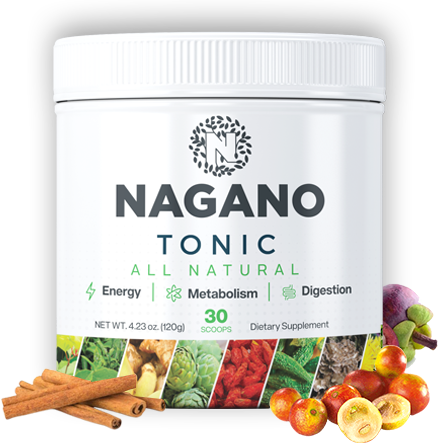
2024 Trends in Wellness Tools for Mindfulness
- Mindfulness is gaining popularity in wellness products.
- Technology-enhanced wellness tools are on the rise.
- Natural and sustainable ingredients are becoming essential.
- Community-focused and personalized wellness experiences are trending.
- Multi-functional products are preferred by consumers.
As we step into 2024, the world of wellness continues to evolve, with a strong focus on mindfulness tools that promote mental well-being. This article delves into the emerging trends in wellness tools that are shaping our daily routines and enhancing our overall health.
The rise of mindfulness tools
Mindfulness has garnered significant attention over recent years, becoming a crucial aspect of many wellness practices. Consumers are increasingly searching for tools that help them incorporate mindfulness into their daily lives. From aromatherapy products to innovative massage tools, the market is rich with options.
Types of mindfulness tools
| Tool Type | Description |
|---|---|
| Aromatherapy Products | Essential oils and diffusers that promote relaxation and stress relief. |
| Herbal Remedies | Natural products designed to support emotional balance and calmness. |
| Massage Tools | Devices that help relieve tension and improve circulation through manual therapy. |
| Sleep Aids | Products that create a conducive environment for restful sleep. |
| Wellness Supplements | Natural supplements aimed at enhancing mood and promoting relaxation. |
Key trends shaping mindfulness tools in 2024
1. Enhanced technology integration
Technology is becoming an integral part of wellness tools. Smart diffusers, meditation apps, and connected massage devices are gaining traction. This trend allows users to personalize their experiences and track their progress.
2. Natural and sustainable ingredients
Consumers are becoming increasingly conscious of the ingredients in their wellness products. The demand for natural and sustainably sourced components is growing, with more brands focusing on transparency in their ingredient lists.
3. Community-oriented experiences
Wellness is not just an individual journey; it’s a community experience. Brands are fostering connections among users through social platforms, workshops, and events that encourage shared mindfulness practices. This can be explored further in our Buying Guides blog category.
4. Multi-functional products
The modern consumer prefers products that serve multiple purposes. For instance, an essential oil diffuser that also works as a humidifier can be much more appealing than single-use products. This has led to a rise in products that blend functionalities.
Consumer insights and preferences
Understanding consumer preferences is crucial for businesses in the wellness market. Recent surveys indicate a growing interest in personalized wellness solutions. Many consumers are now looking for products that address their specific needs, making it essential for brands to cater to this demand.
| Consumer Preference | Percentage |
|---|---|
| Preference for Natural Ingredients | 68% |
| Interest in Multi-functional Tools | 72% |
| Desire for Community Engagement | 54% |
| Use of Technology in Products | 61% |
Tips for incorporating mindfulness tools into your life
- Start small by integrating aromatherapy into your daily routine.
- Experiment with different herbal remedies to find what resonates with you.
- Consider joining local wellness groups to experience community support.
- Utilize technology, like meditation apps, to enhance your mindfulness practice.
- Choose multi-functional products that fit seamlessly into your lifestyle.
Final thoughts
The trends in wellness tools for mindfulness in 2024 reflect a broader commitment to holistic health and well-being. As the market continues to innovate, consumers are encouraged to explore and discover tools that resonate with their unique wellness journeys. By keeping an eye on these trends, you can make informed choices that uplift your mental and emotional health.
Pros
- Promotes mental well-being.
- Encourages community connections.
- Makes wellness accessible through technology.
- Sustainable choices support the environment.
Cons
- Potential for misinformation about product benefits.
- Consumer tracking of preferences can raise privacy concerns.
- Market saturation may confuse consumers.
